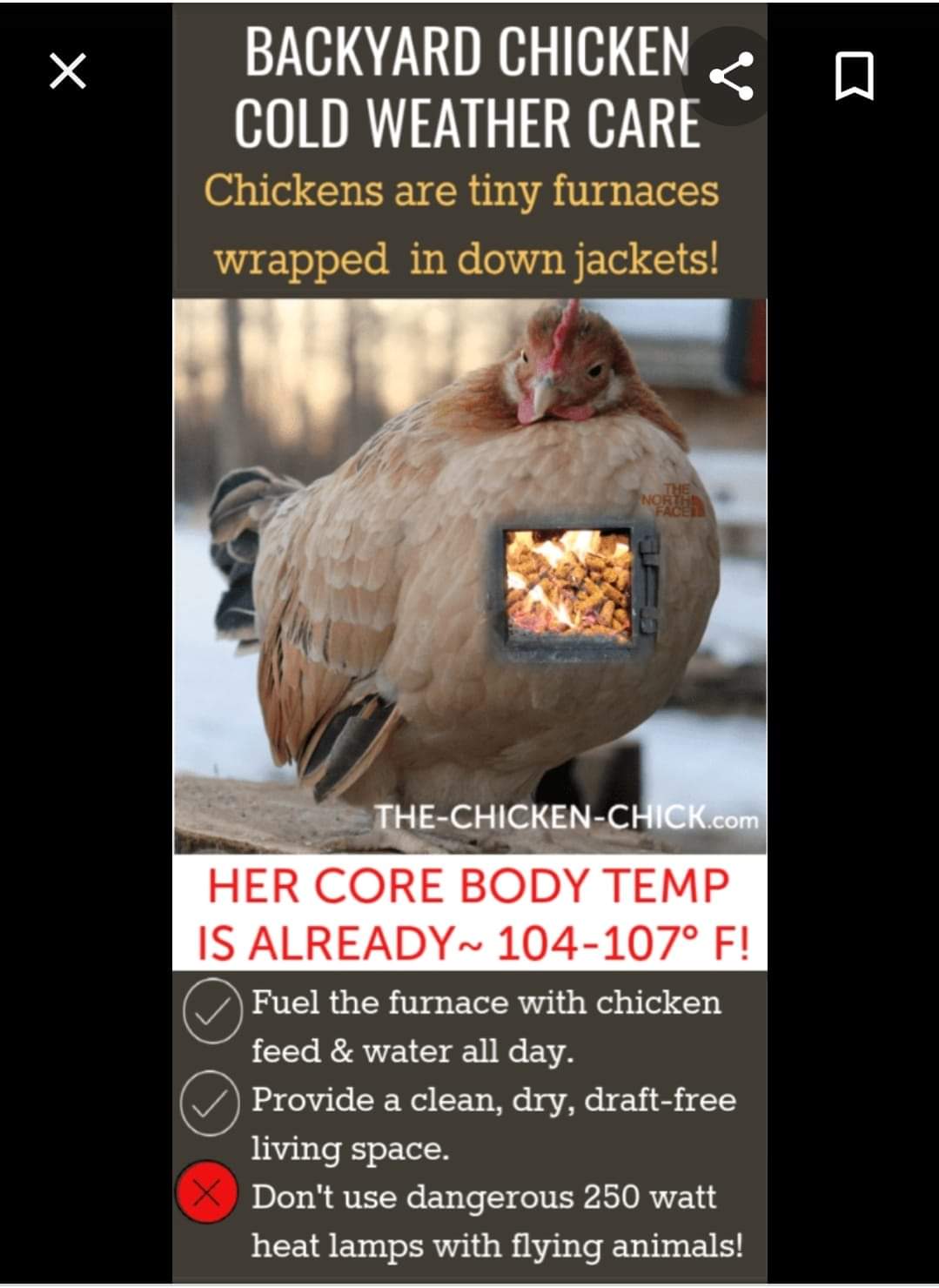Do chickens need heat to stay healthy? This is a common question among those wanting to raise chickens. This article provides an essential guide to chicken husbandry, addressing the issue of how to provide heat for chickens and the necessary steps to ensure their health and well-being. It covers the basics of chicken husbandry, from understanding the importance of providing heat to chickens and how to do it safely, to other essential aspects of raising chickens such as housing, diet, and healthcare.
What Is a Heat Lamp?
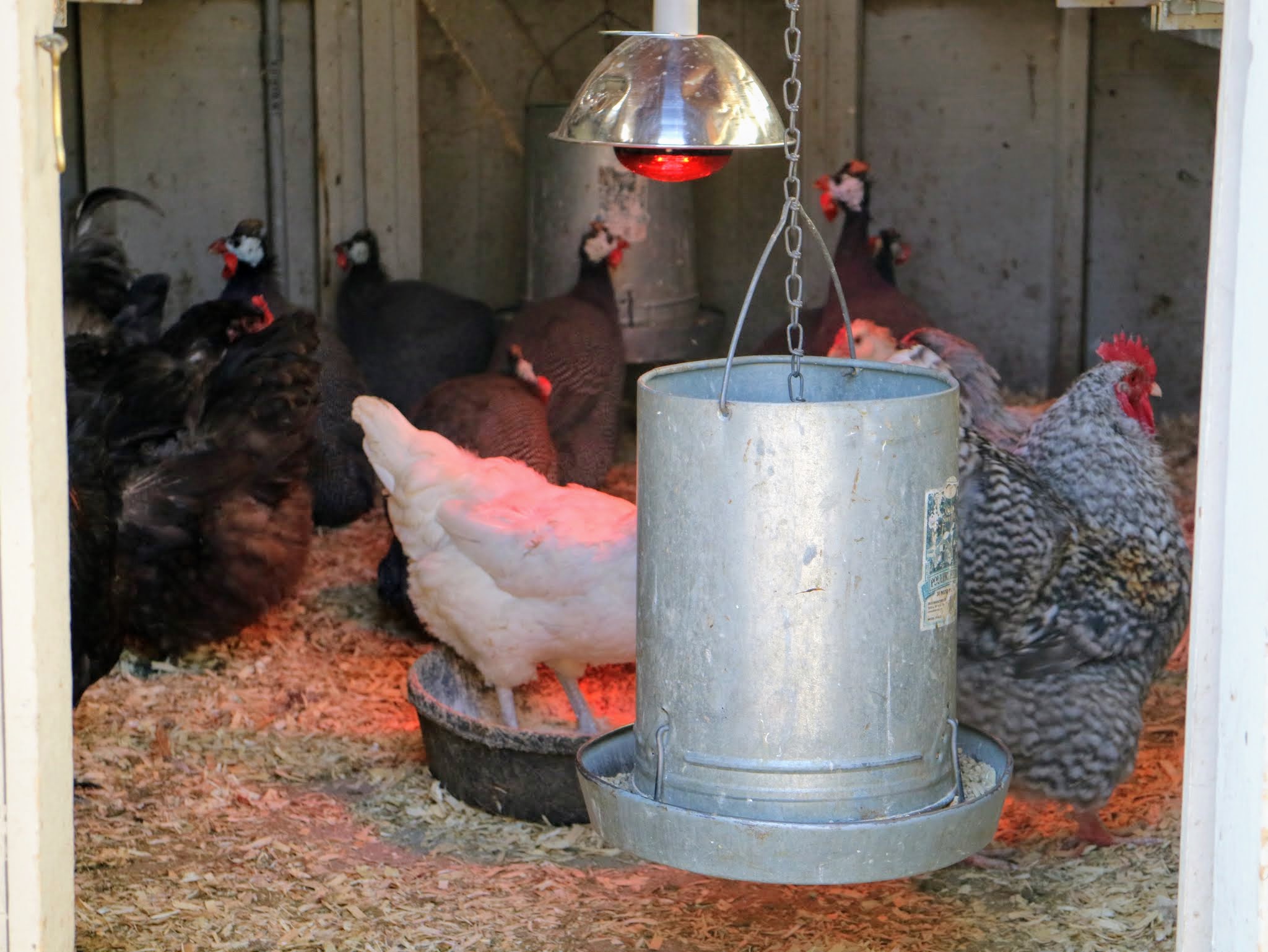
A heat lamp is an electric device used to provide heat. It consists of an incandescent bulb, typically of 250-500 watts, and is either suspended or mounted in a reflector. Heat lamps are often used in animal husbandry to provide extra warmth to animals, such as chickens, in cold climates. Do chickens need heat lamps in winter? Yes, chickens need extra warmth in the winter to keep them healthy. Heat lamps help chickens maintain a comfortable body temperature and provide a safe, warm environment for them to stay healthy.
Do Chickens Need Heat in the Winter?
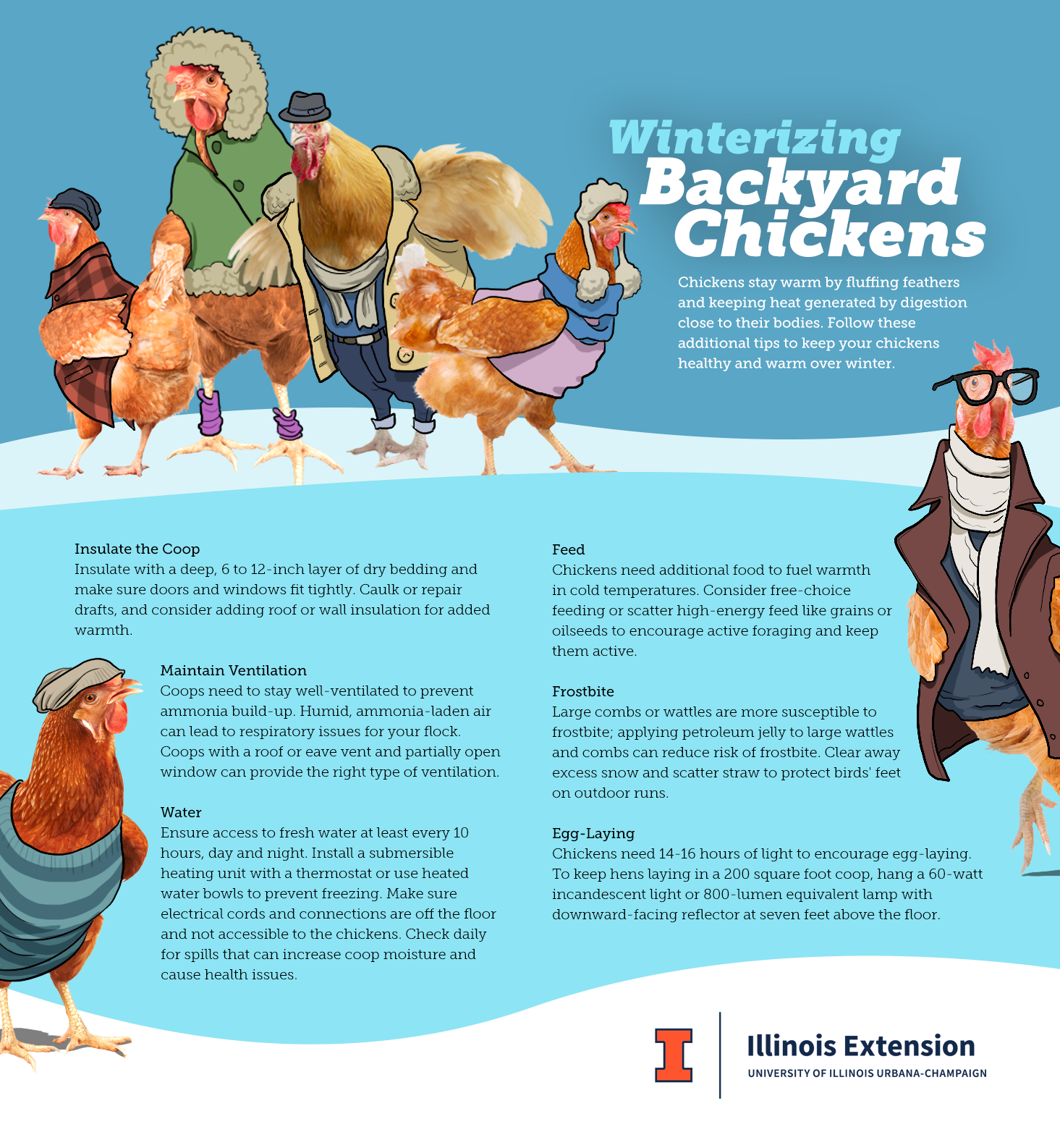
Yes! Chickens need heat in the winter to survive and stay healthy. Winter can be a challenging time for chickens, as cold temperatures can put them at risk of frostbite, hypothermia and even death. Here are some essential tips for keeping your chickens warm in the winter:
- Provide shelter: Chickens need a warm, draft-free shelter to protect them from wind and rain. Make sure to place the shelter in an area that gets plenty of sun and can be kept out of the wind.
- Heat lamps: A heat lamp is an essential tool for keeping chickens warm in the winter. Place the heat lamp in the coop, making sure to keep it out of the reach of chickens.
- Insulation: Insulate the coop to keep the warm air in and the cold air out. Use materials like straw, blankets, and foam to insulate the walls, floor, and ceiling.
- Ventilation: Ventilation is key for keeping your chickens healthy. Make sure to provide plenty of air circulation with vents and windows.
- Water: Make sure your chickens have access to fresh, unfrozen water at all times. Use a heated water bowl or water heater to keep the water from freezing.
- Food: Increase your chickens’ caloric intake in the winter with high-energy foods like seeds, grains, and mealworms.
By following these essential tips, you can make sure your chickens stay healthy and warm in the winter.
Benefits of Installing a Heat Lamp in a Chicken Coop

Installing a heat lamp in a chicken coop is a great way to keep your chickens warm in cold weather. Heat lamps provide a constant source of warmth, which is essential for chickens during cold winter months. Here are some of the benefits of installing a heat lamp in a chicken coop:
Temperature Control: A heat lamp can help regulate the temperature in your chicken coop, so that your chickens are kept at a comfortable and consistent temperature. This is especially important during cold winter months, when temperatures can drop drastically.
Nighttime Heat: A heat lamp can provide a source of warmth during the night, when temperatures can drop significantly. Since chickens are most active during the day, they will be able to sleep comfortably and warmly at night with a heat lamp.
Health Benefits: A heat lamp can help keep chickens healthy by preventing them from getting too cold. Cold temperatures can weaken a chicken’s immune system and make them more susceptible to disease.
Ease of Use: Heat lamps are relatively easy to install and maintain. All that is required is an electrical outlet and a heat lamp. Once installed, all you need to do is turn the lamp on and off at the appropriate times.
Overall, installing a heat lamp in a chicken coop is an effective and easy way to keep your chickens warm during cold winter months. It can help regulate the temperature and provide your chickens with a constant source of warmth, resulting in healthier chickens and happier chickens!
When Do Chickens Need Heat in the Coop?

Chickens are resilient creatures, able to withstand a wide range of temperatures. But, sometimes they may need help to keep warm in colder climates. Knowing when to provide additional heat to your chicken coop is essential to ensure your flock remains healthy and comfortable.
Here are some key points to consider when deciding whether to heat your chicken coop:
- Chickens generally tolerate temperatures above and below their comfort range, but they should not be exposed to extreme cold or heat.
- If the temperature in your coop drops below freezing point (32°F/0°C), you should provide some form of heating.
- When temperatures drop to -10°F (-23°C) or below, you should strongly consider providing heat for your chickens.
- If the temperature in the coop is consistently below 40°F (4°C), your chickens are likely to suffer from cold stress.
- In areas with severe cold, such as Siberia, chickens may need to be kept indoors during winter.
- In milder climates, chickens may not need additional heat in the coop, but should be provided with adequate bedding and ventilation to keep them warm.
If you do decide to heat your chicken coop, there are several options available:
- Heating lamps
- Electric heating mats
- Propane heaters
- Solar-powered heaters
No matter which type of heating you choose, be sure to provide your chickens with plenty of ventilation to prevent the build-up of carbon dioxide and moisture. Additionally, place the heat source away from the walls and bedding, to prevent the risk of fire.
When it comes to the question of do I need to heat my chicken coop, the answer will ultimately depend on your climate and the type of chickens you keep. Ultimately, it is up to you to decide when and how to provide additional heat for your chickens, to ensure they remain healthy and comfortable.
What Temperature Should the Heat Lamp Be Set At?
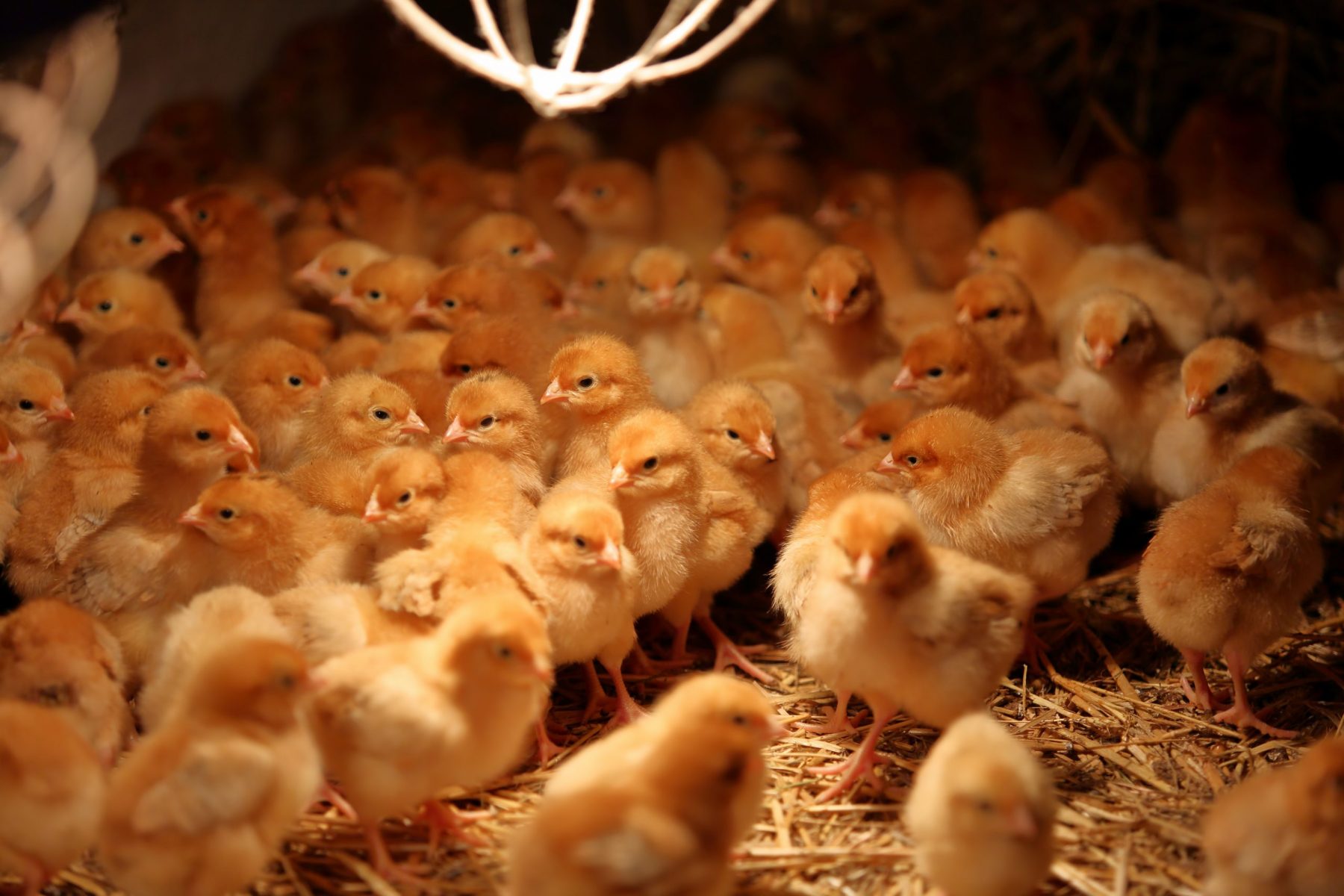
When do chickens need heat in coop, heat lamps should be used as a source of heat. The temperature of the heat lamp should be set to 95°F (35°C) for newborn chicks, and gradually reduced by 5°F (2.7°C) each week until it is at 70°F (21°C) by the time they are 8 weeks old. For adult chickens, the recommended temperature range is between 50°F (10°C) and 75°F (24°C).
| Age | Temperature (°F) | Temperature (°C) |
|---|---|---|
| Newborn chicks | 95 | 35 |
| 8 weeks old | 70 | 21 |
| Adult chickens | 50-75 | 10-24 |
The heat lamp should be monitored regularly and adjusted accordingly as the temperature inside the coop fluctuates. If it is too hot, the chickens may be uncomfortable and agitated. On the other hand, if the temperature drops too low, the chickens may become stressed and susceptible to illnesses.
What Is the Best Way to Install a Heat Lamp in a Chicken Coop?
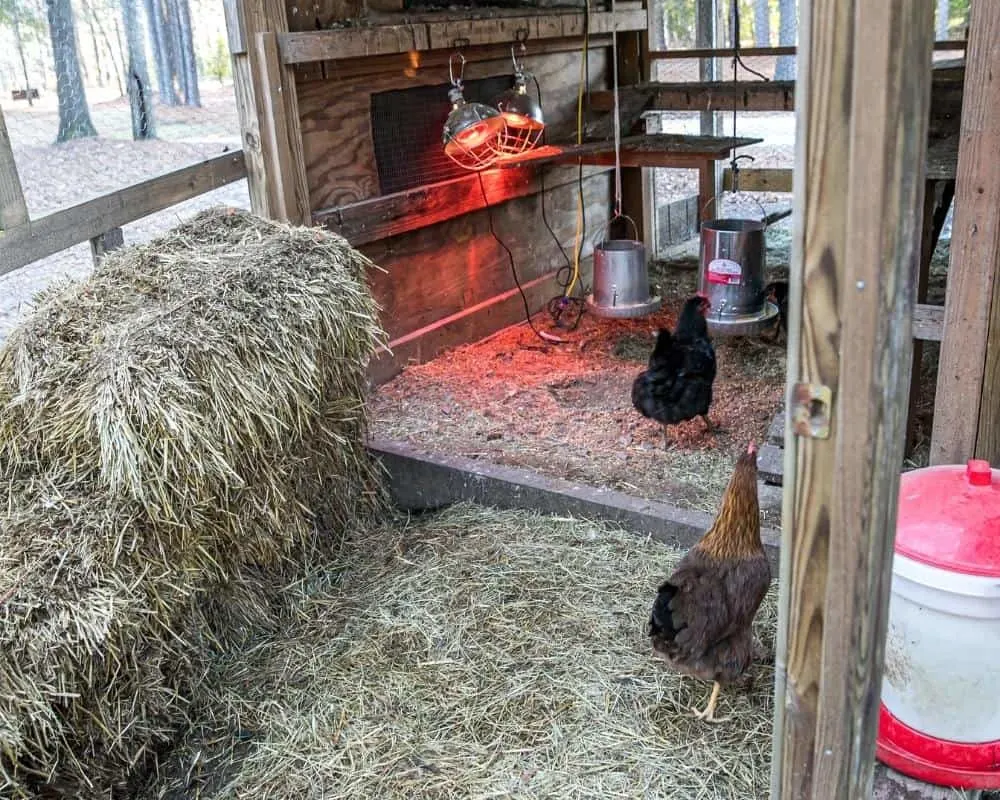
Heat lamps are a great way to provide supplemental heat in cold weather for your chickens. Here are a few tips to make sure that your heat lamp is installed safely and effectively:
- Choose the right type of heat lamp for your needs. Heat lamps come in a variety of wattages and sizes, so make sure that you choose the one that will best suit your needs.
- Install the heat lamp properly. Make sure that the lamp is securely mounted in a safe location, away from any combustible material and out of the reach of your chickens.
- Check the temperature. Make sure that the area around the heat lamp is not too hot or too cold, as this can cause stress for your chickens.
- Provide adequate ventilation. Make sure that there is enough air circulation in the area to prevent the buildup of dangerous levels of carbon dioxide.
- Secure the cord. Make sure that the cord is securely in place and out of the reach of your chickens to prevent injury.
- Regularly check the lamp. Inspect the heat lamp regularly to make sure that it is in good working order, and replace it if necessary.
By following these steps, you can ensure that your chickens have the best possible environment in cold weather. Heat lamps are a great way to keep your chickens warm and comfortable, and can be an essential part of your chicken husbandry routine.
What Risks Are Associated With Heat Lamps?
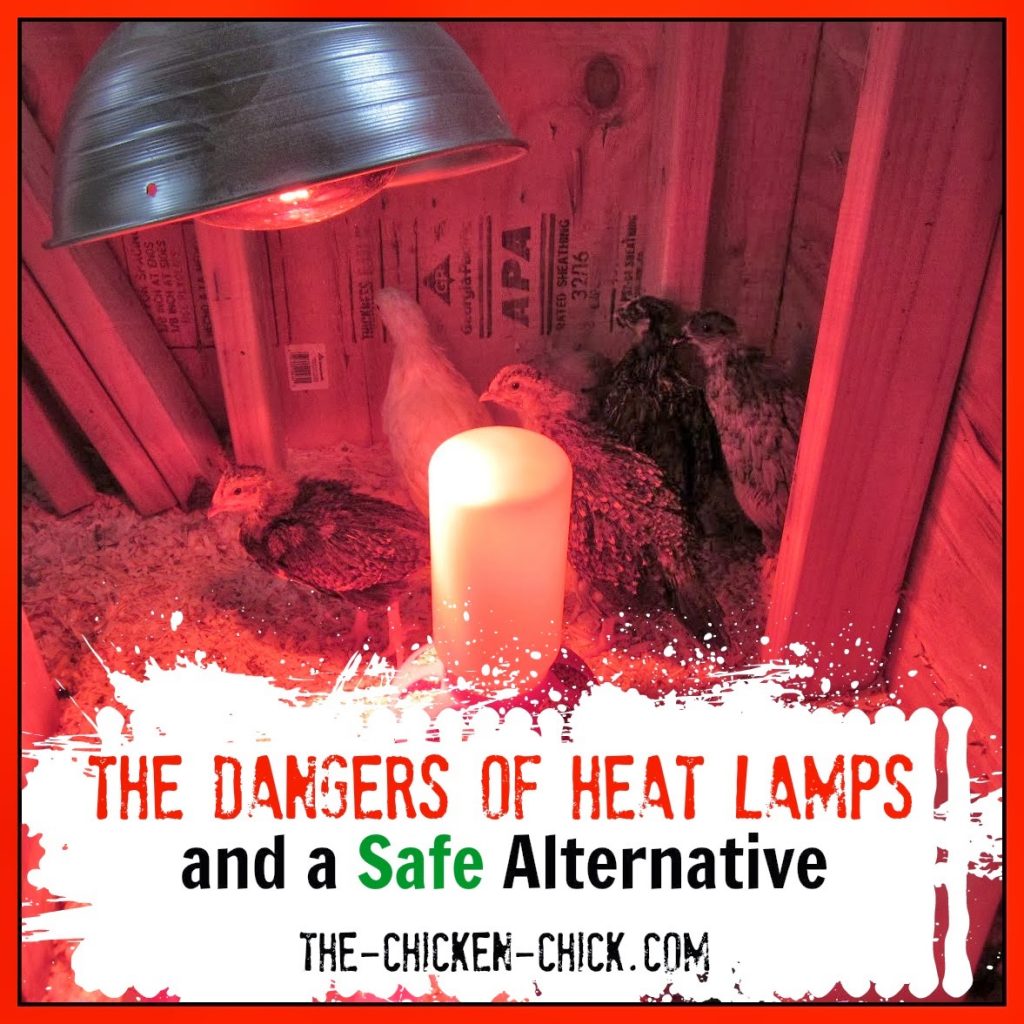
- Fire Hazard: Heat lamps can become a serious fire hazard if not installed correctly or secured in a safe place. The high temperature of the heat lamp’s bulb can cause nearby objects to catch fire.
- Electric Shock: Heat lamps are powered by electricity, so if the wiring is faulty, there is a risk of electric shock.
- Burns: Chickens that get too close to the heat lamp may suffer from burns, as the bulb can become very hot.
- Heat Stress: If the temperature in the coop becomes too hot due to the heat lamp, the chickens may suffer from heat stress, which can lead to dehydration and even death.
- Uneven Heat Distribution: Heat lamps may not provide an even distribution of heat, leaving some areas of the coop too hot and others too cold.
Alternatives to Heat Lamps
Do chickens need heat in their coop during the winter months? The answer is yes. To ensure that your chickens remain healthy and warm during the colder months, there are several alternatives to heat lamps that you can use.
Electric Blankets – Electric blankets are a great alternative to heat lamps and are ideal for those who don’t want to use an open flame. Simply hang the blanket over the coop door and plug it in.
Heating Pads – Heating pads are a great way to keep your chickens warm in their coop. Simply place the pad inside the coop and plug it in.
Radiators – If you have access to a radiator, it can be a great way to keep your chickens warm. Simply place the radiator in the coop and turn it on.
Insulated Coops – Insulated coops are an excellent way to keep your chickens warm in the winter. When building your coop, make sure to use insulation to keep the heat in and the cold air out.
Deep Litter Bins – Deep litter bins are a great way to help keep your chickens warm during the winter months. Simply fill the bin with straw and your chickens will burrow down and stay warm.
Heat Lamps – Heat lamps are a great way to ensure that your chickens stay warm and healthy during the winter months. Make sure to use the right wattage and monitor the temperature to ensure your chickens stay safe.
No matter what method you choose, make sure to monitor the temperature inside the coop to ensure that your chickens stay warm and healthy during the winter months.
Frequently Asked Questions
What Temperature Does a Chicken Need to Be Kept At for Optimal Health?
Chickens need to be kept in a warm environment that is between 18 and 21°C (65-70°F). They also require a cooler area to rest in that is between 9 and 18°C (48-65°F). In cold climates, a heated shelter should be provided to ensure their health and wellbeing.
How can I provide heat to my chickens in the winter?
To provide heat to chickens in the winter, it is important to ensure that the coop is insulated and draft-free. Adding an extra layer of bedding to the floor and walls will help keep your chickens warm. Placing a heat lamp or electric heater in the coop is also an option, but should be monitored closely to avoid fire hazard. The heat source should be placed at least 18 inches away from any combustible materials. Additionally, providing a windbreak for the coop and installing a heat lamp can help keep your chickens warm.
Are there any Health Risks associated with Keeping Chickens Too Warm?
Keeping chickens too warm can cause heat stress and result in dehydration, respiratory distress, and even death. Overheating can also cause decreased egg production and poor eggshell quality. It is important to make sure that chickens have access to fresh air and cool temperatures in order to prevent any health risks.
How can I tell if my chickens are too hot or too cold?
Chickens can suffer from both heat and cold stress. To ensure your chickens stay healthy, it is important to monitor their environment and keep them at a comfortable temperature. Signs of heat stress in chickens include panting, open-mouth breathing, and lethargy. On the other hand, cold stress can cause chickens to fluff their feathers and huddle together for warmth. If you notice either of these signs, adjust your chickens’ environment to ensure they are comfortable.
Are there any benefits to providing heat to chickens in the summer?
-
• Protection from extreme heat: Keeping chickens in a warm environment during summer can help protect them from heat stress and other associated health risks.
• Increased egg production: Providing additional warmth in the summer can help chickens produce more eggs due to increased metabolism.
• Preventing broodiness: Providing warm temperatures can discourage hens from becoming broody and sitting on eggs.
• Improving fertility: Keeping chickens at a comfortable temperature can help improve fertility in hens and cockerels.
• Better sleep: Keeping chickens warm in the summer can help them sleep better and stay healthier.
Conclusion
Chickens are hardy animals, but they still need a safe and comfortable environment to thrive. In cold climates, providing supplemental heat may be a necessity. To ensure your chickens stay warm and healthy, choose a safe and appropriate heating source for your coop, and provide adequate ventilation to prevent issues like respiratory illness. With proper husbandry and a little extra warmth, you can ensure your chickens stay happy and healthy.
